DeWalt DW421K Handleiding
DeWalt
Schuurmachine
DW421K
Bekijk gratis de handleiding van DeWalt DW421K (7 pagina’s), behorend tot de categorie Schuurmachine. Deze gids werd als nuttig beoordeeld door 68 mensen en kreeg gemiddeld 3.9 sterren uit 34.5 reviews. Heb je een vraag over DeWalt DW421K of wil je andere gebruikers van dit product iets vragen? Stel een vraag
Product specificaties
| Merk: | DeWalt |
| Categorie: | Schuurmachine |
| Model: | DW421K |
Heb je hulp nodig?
Als je hulp nodig hebt met DeWalt DW421K stel dan hieronder een vraag en andere gebruikers zullen je antwoorden
Handleiding Schuurmachine DeWalt
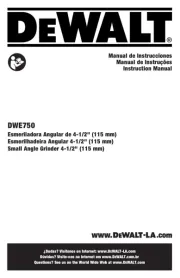
10 Februari 2025

26 Mei 2023

22 Mei 2023

17 Mei 2023

11 Mei 2023

9 Mei 2023

2 Mei 2023

25 April 2023

24 April 2023

23 April 2023
Handleiding Schuurmachine
- Maestro
- Silverline
- Worx
- Hikoki
- Trotec
- Bavaria
- Westfalia
- Meec Tools
- NEO Tools
- Stanley
- RIDGID
- FIXIT
- TAURUS Titanium
- Porter-Cable
- Stalco
Nieuwste handleidingen voor Schuurmachine
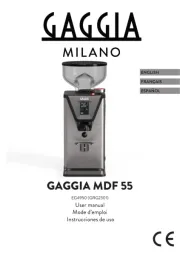
30 Juli 2025
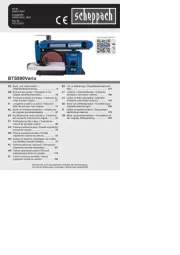
29 Juli 2025
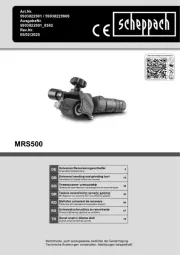
29 Juli 2025
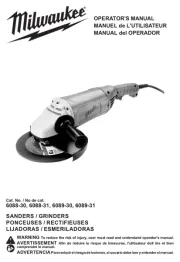
16 Juli 2025
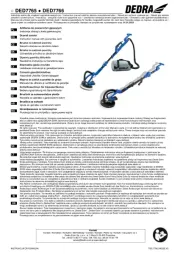
15 Juli 2025
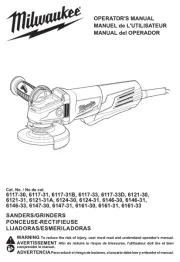
15 Juli 2025
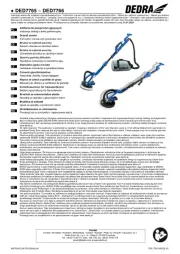
15 Juli 2025
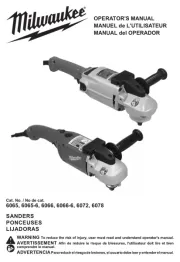
15 Juli 2025
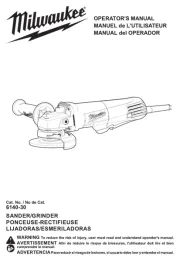
15 Juli 2025
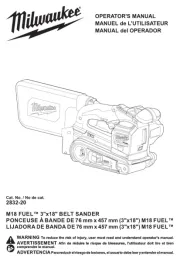
15 Juli 2025